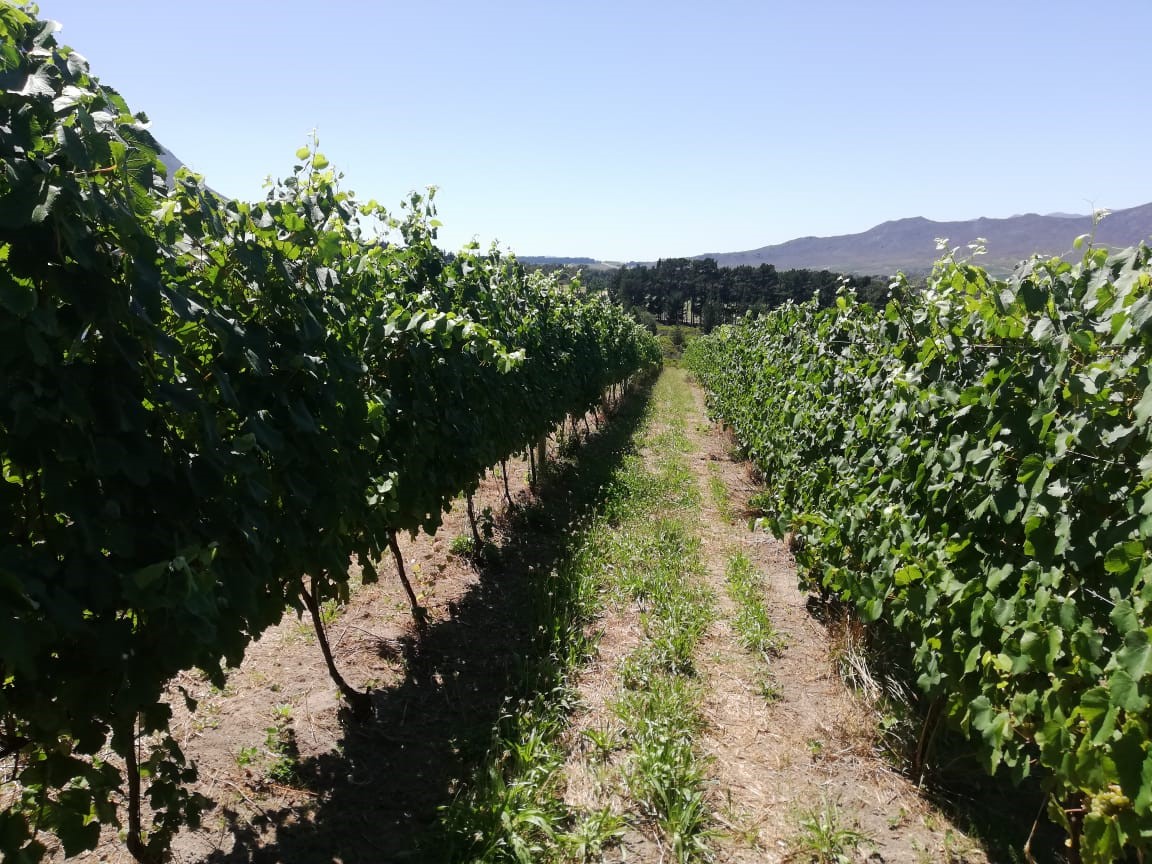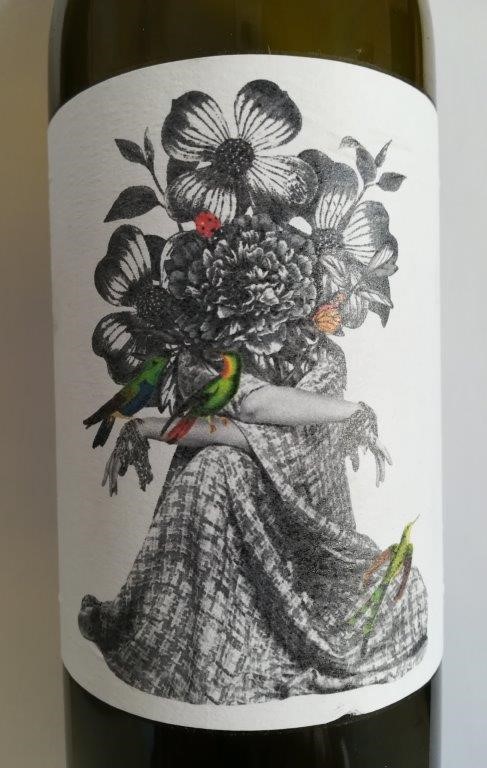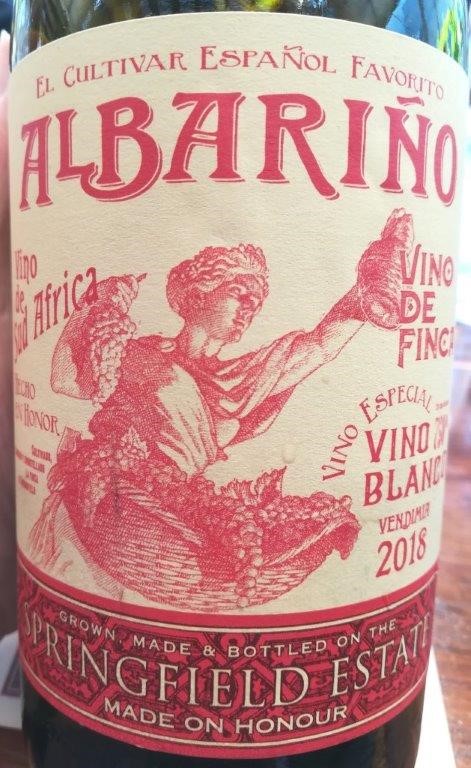ALBARINO
South Africa is slowly increasing varietal diversity in its vineyards; climate change, site suitability and personal preference all drive choice. Even with thorough prior research, introduction of a new variety is always a step into the unknown. Will it grow well, be true to type and, above all, will consumers buy it?
Albariño, the seafood-friendly grape from North-West Spain and across the border in Portugal, where it’s known as Alvarinho, is a recent introduction. Nederburg was the first to plant around 10 years ago, though their first vintage was only in 2018.
The Newton Johnson family, seafood lovers and harvesters, introduced Albariño to their Upper Hemel en Aarde vineyards by field grafting onto 10- year-old rootstock, enabling a quick turnaround to a first crop in 2013. That miserly eight litres compared favourably with Iberian originals, as have subsequent vintages, showing both fruity and floral flavours, fresh acidity and firm structure as mentioned in Jancis Robinson et al’s Wine Grapes.
The wine has been enthusiastically received since the first general release in 2015; an initial .27ha has since increased to just over two hectares.

Gordon Newton Johnson, who makes the wine with his wife, Nadia, notes that Albariño is a vigorous grower, generous bearer and resistant to rot; when fully ripe, the berries turn bright yellow, a stage necessary for complexity.
A major benefit is the variety’s ability to retain acid. 'I never have to acidify' Gordon N-J confirms. Fermentation in old foudre (new, small oak is a no-no), stainless steel and concrete eggs with a little skin contact and extended lees contact, develops complexity and texture with freshness and energy.
The Bruwers of Springfield are also seafood fans; planting Albariño was a natural choice. The Newton Johnsons provided cuttings; these vines yielded their first crop when just 18 months old! Oddly, Abrie Bruwer and his sister, Jeanette were first attracted to the variety on a trip to Uruguay, long before it came to South Africa. The fun, Spanish-influenced label and the wine captured wine lovers’ imagination and the first two, limited-quantity vintages quickly sold out. With 10 hectares now planted, production is set to rise.
Botanica's Ginny Povall has loved Albariño since she lived in the USA, where it was easy to find and affordable in the days when her budget was tight.
Thanks to field-grafting onto an older block of cabernet ('it never fully ripened'), the maiden vintage of Botanica Albariño is the soon-to-be released 2019. With no experience to call on, harvesting was determined by acid and flavours, vinification in concrete egg, followed by six months on gross lees. Both the wine and Flowergirl label deserve to attract an enthusiastic audience.
We'll have to wait for the maiden Joostenberg varietal Albariño; Tyrrel Myburgh, another fan of the Iberian wines, has only 500 vines, which yielded a maiden crop this year; 'Not enough to fill a barrel, so I had to do a co-ferment with Chenin,' he explains.
These early efforts with Albariño suggest a promising future, but, as with any variety, success is more likely achieved when there is a love and understanding of the grape.


- Angela Lloyd